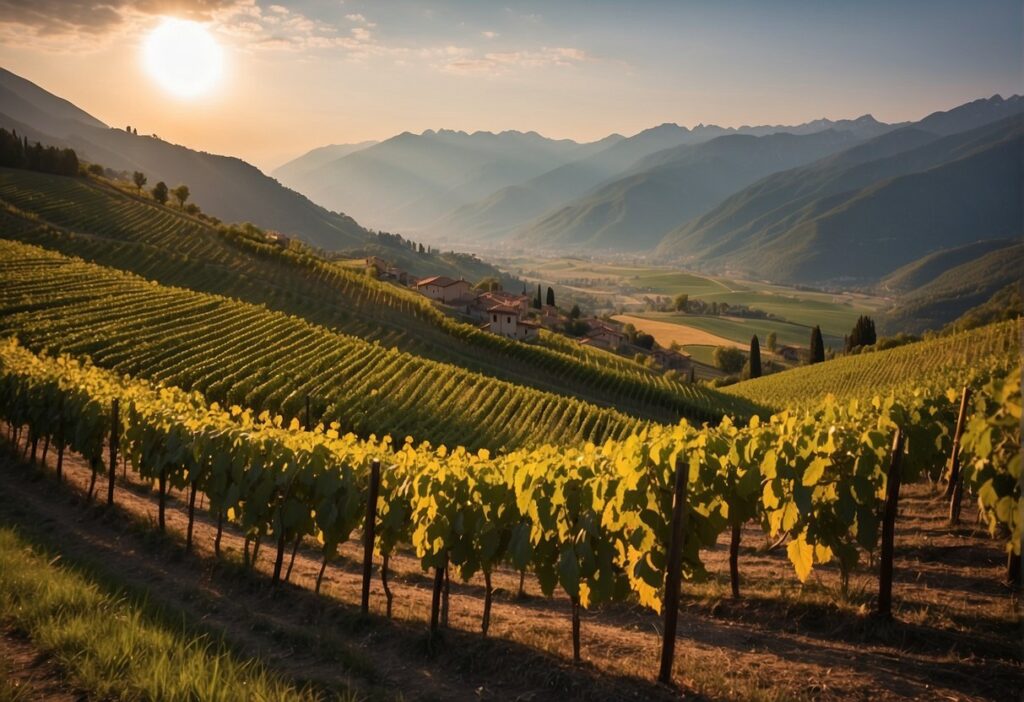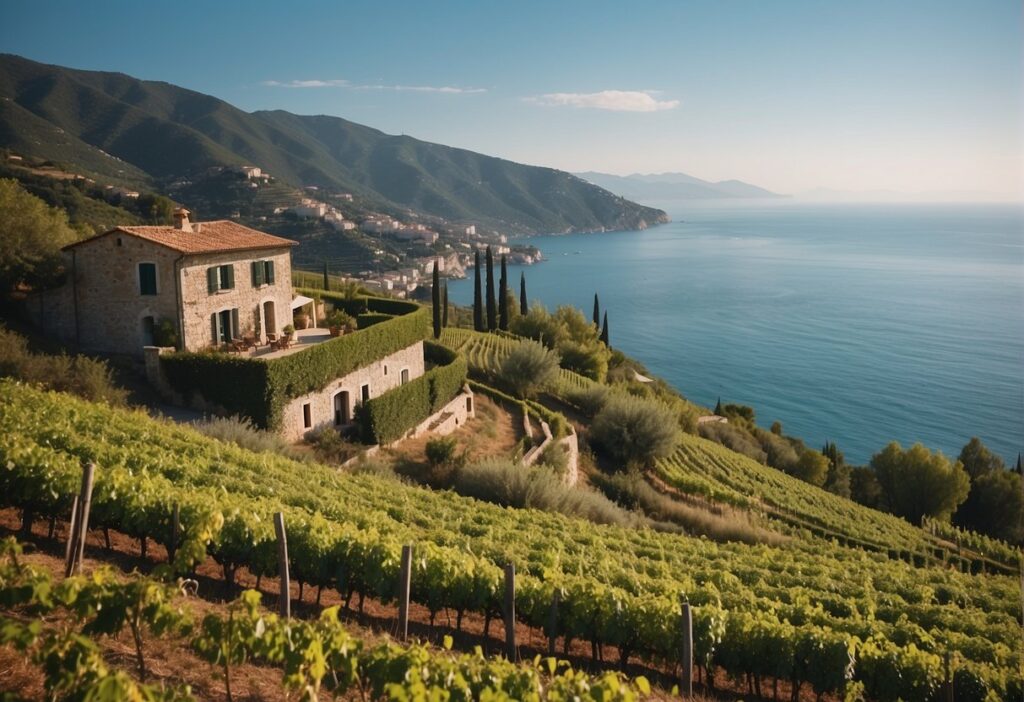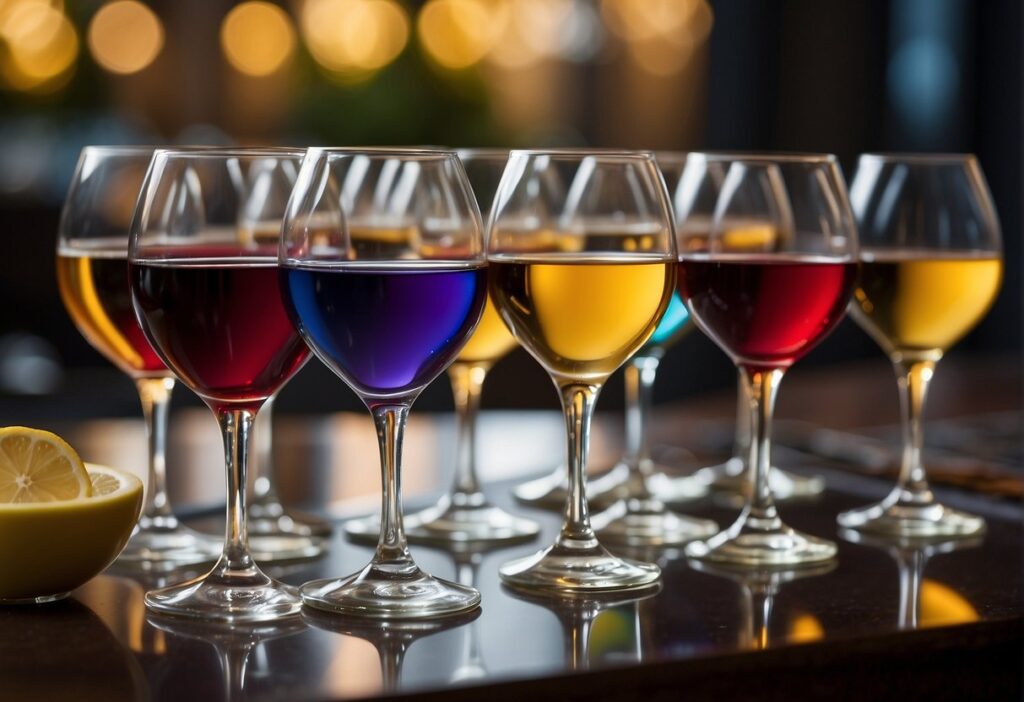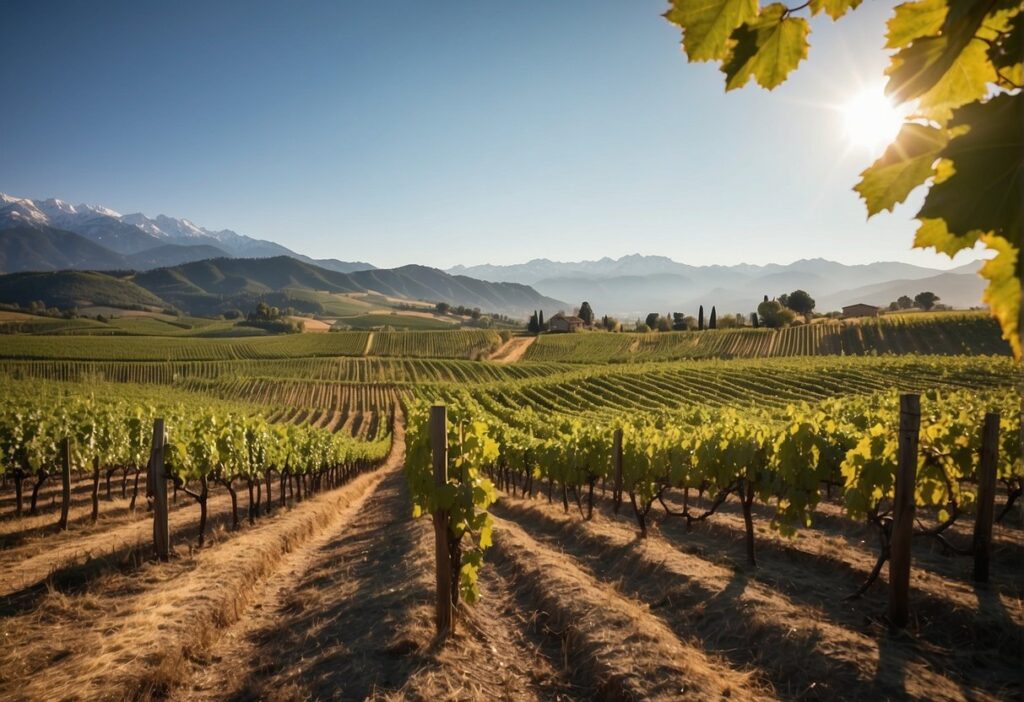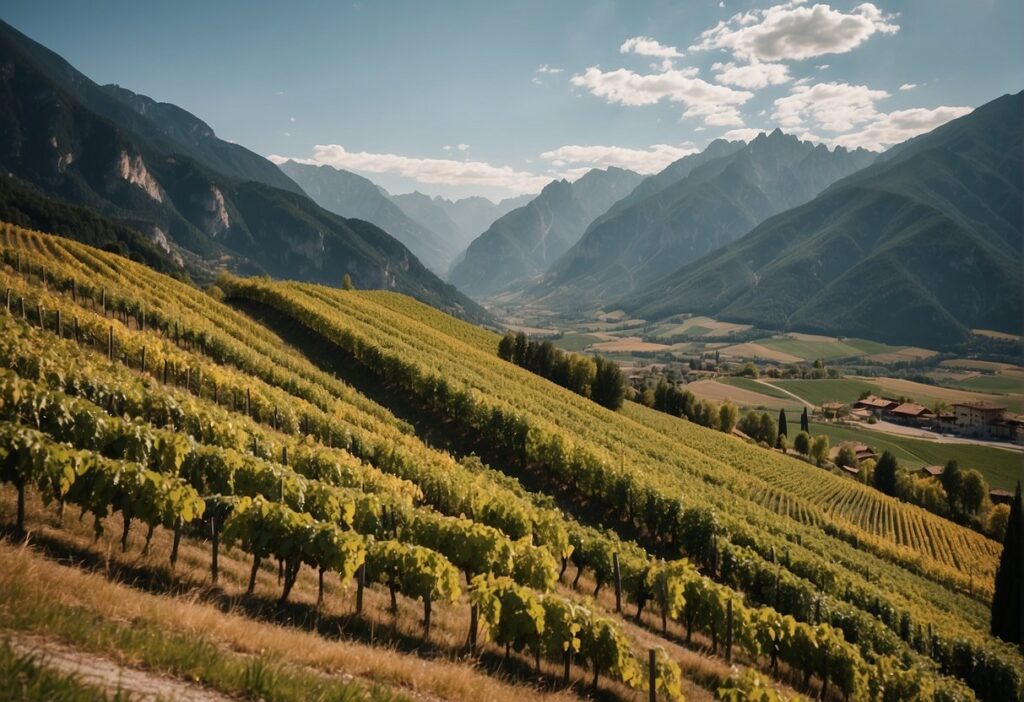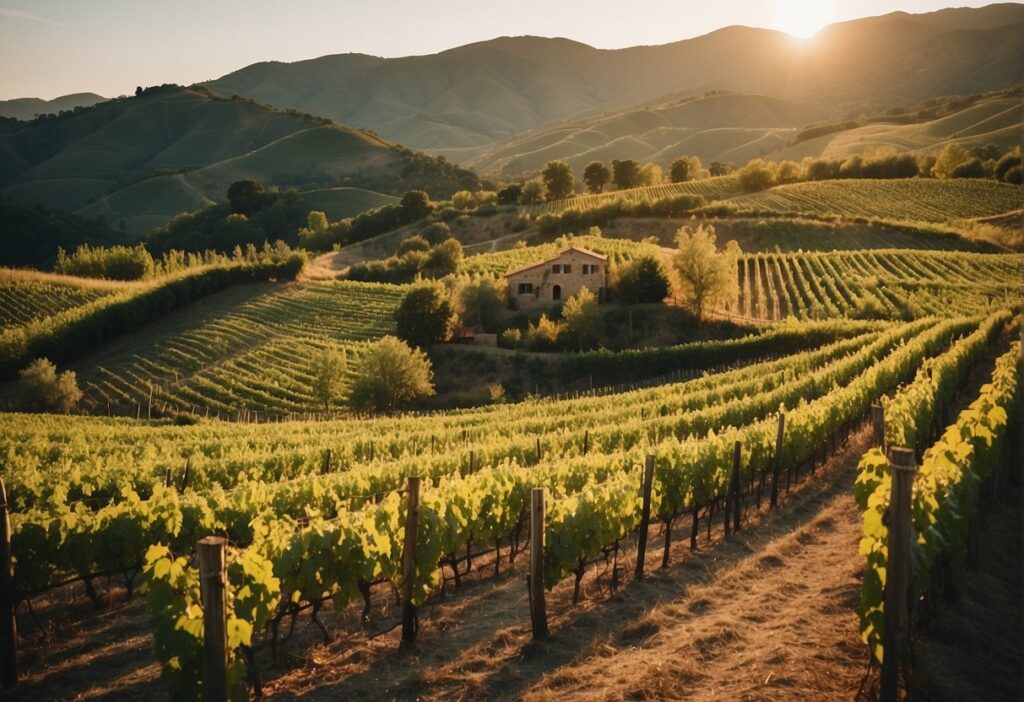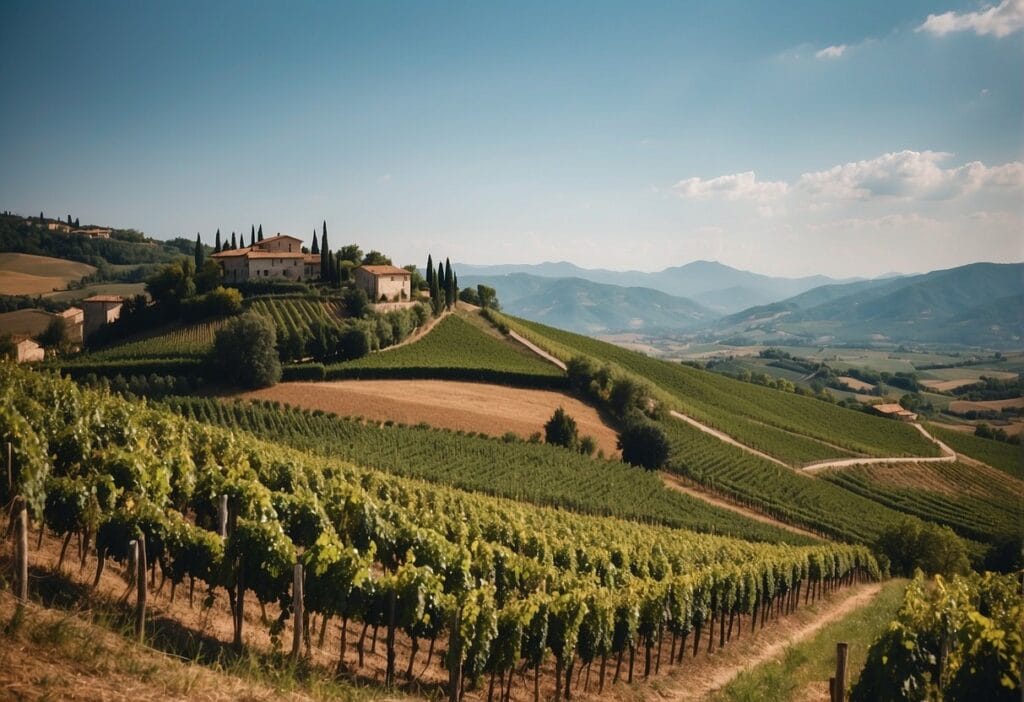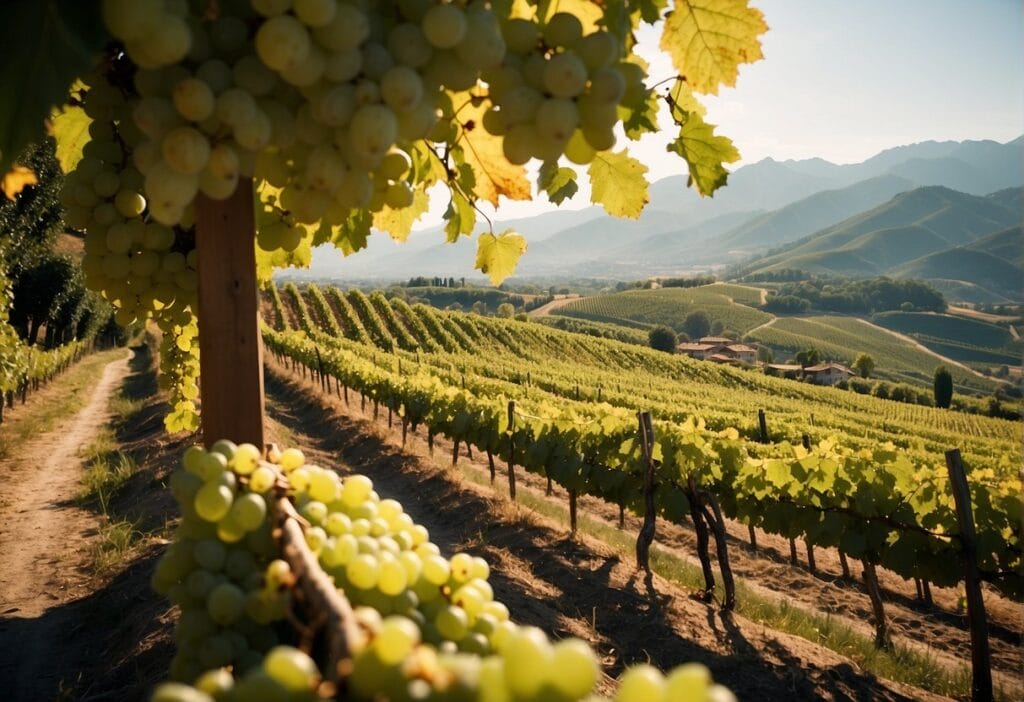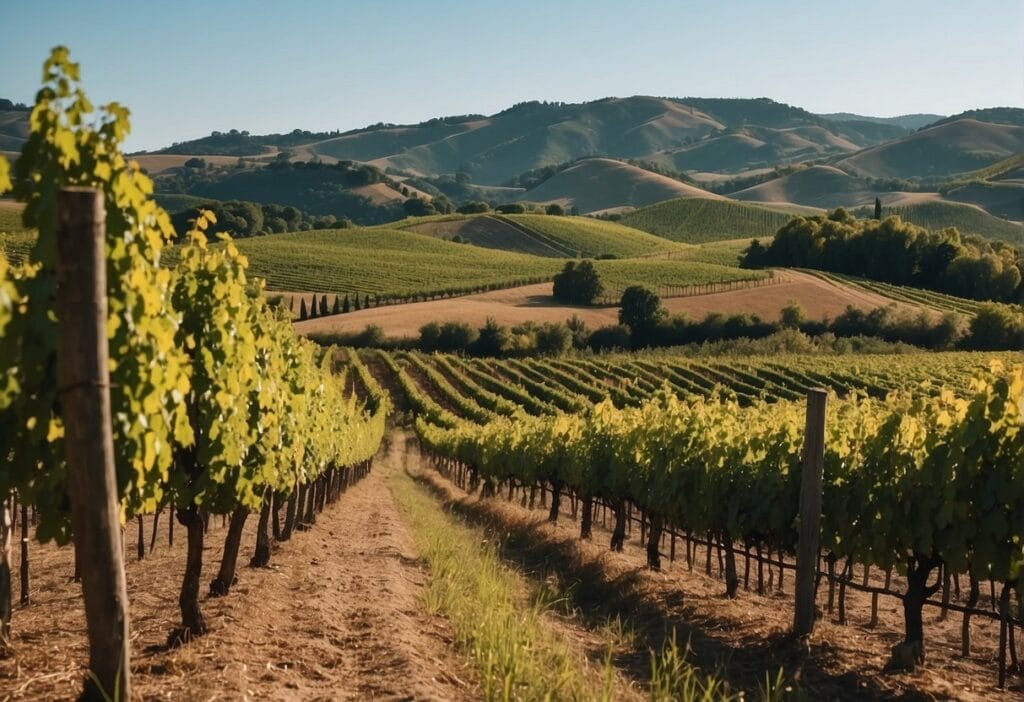Temperature-Controlled Fermentation: Mastering Precision Brewing Techniques
Understanding and managing the temperature during fermentation is critical for producing the best possible flavors in your homebrewed beer, wine, or any other fermented product. Fermentation is a biological process driven by yeast or bacteria, converting sugars into alcohol and other compounds, and the temperature at which this process occurs has a profound impact on […]
Temperature-Controlled Fermentation: Mastering Precision Brewing Techniques Read More »

